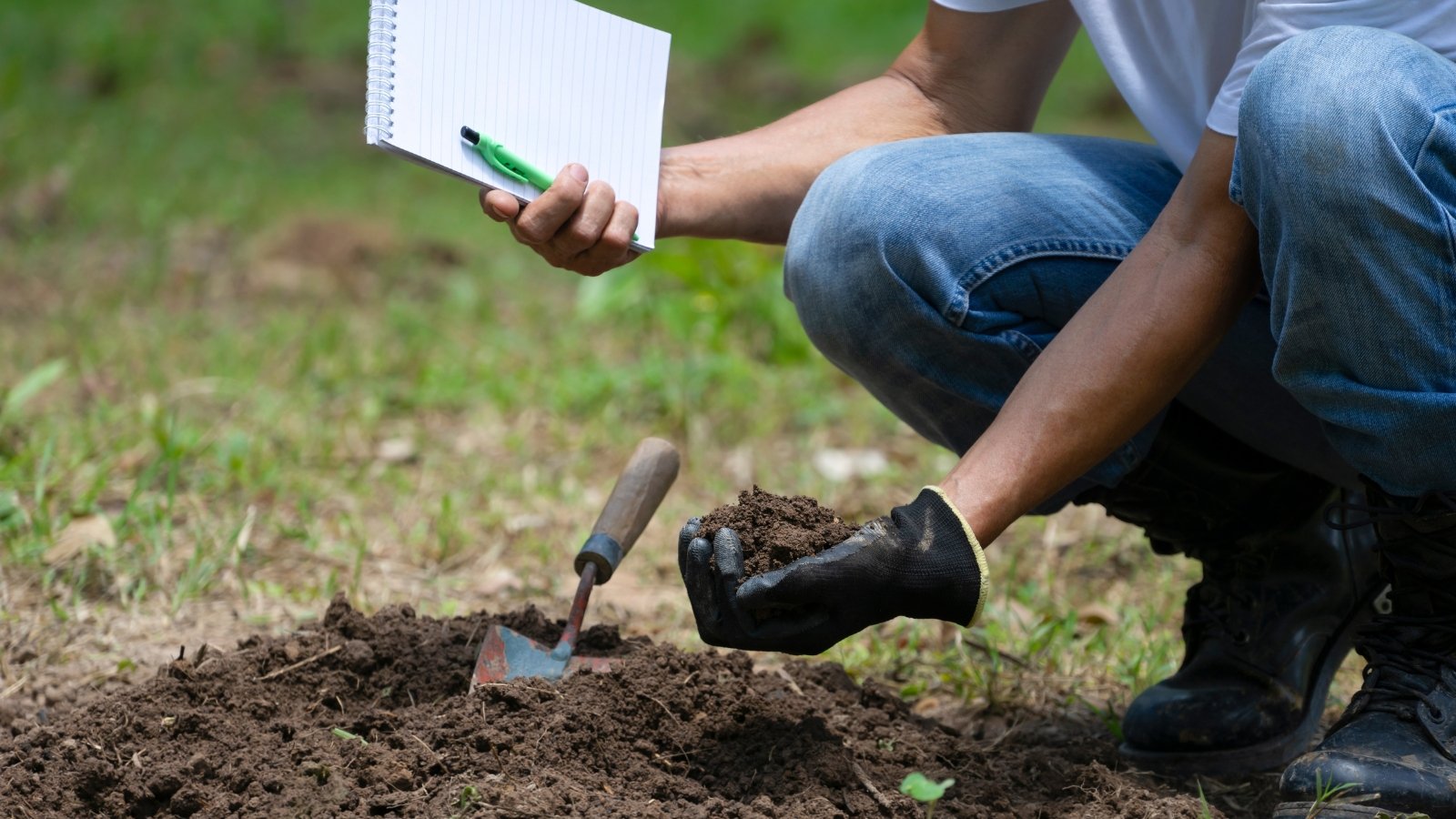[ad_1]
Fall is the proper time in order so as to add soil enhancements to yard beds, raised beds, and containers. They’ll start breaking down this season sooner than slowing their decay inside the winter. Then, when spring warmth arrives, they completely decompose and mix in with the surrounding soil. In its place of prepared for amendments to interrupt down in spring, you’ll be sowing seeds and planting veggie begins.
After the summer season season, most soils are hungry for nutritional vitamins. Bushes, shrubs, and annuals pull up minerals whereas decaying organisms eat via the leaf litter. Add soil amendments inside the fall to feed crops, fungi, and micro organism, serving to them thrive whereas they work collectively underground.
A lot of these amendments moreover create animal habitats whereas they improve your yard’s filth. Mulches like compost, leaves, or straw make cozy properties for bees, ladybugs, and worms to cowl beneath by means of the winter. They maintain warmth and guarded towards predators beneath the pure provides.
These 13 amendments work correctly in home gardens whether or not or not you’re preparing beds for spring or repairing nutrient-poor soils. Apply them yearly and your crops will thanks with sickness resistance, lush growth, and tons of of blooms!
Metropolis Worm Agency Worm Castings
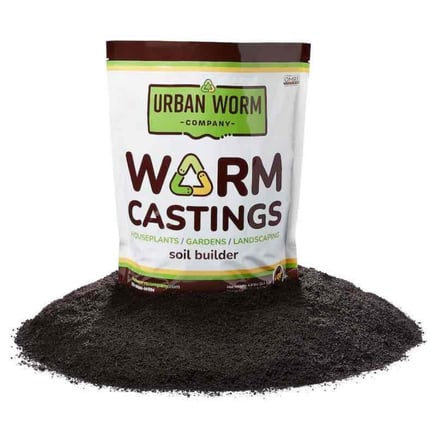

- improve plant growth
- velocity up germination
- improve yield by 20-80%
- suppress pests and pathogens
- improve water retention
Compost
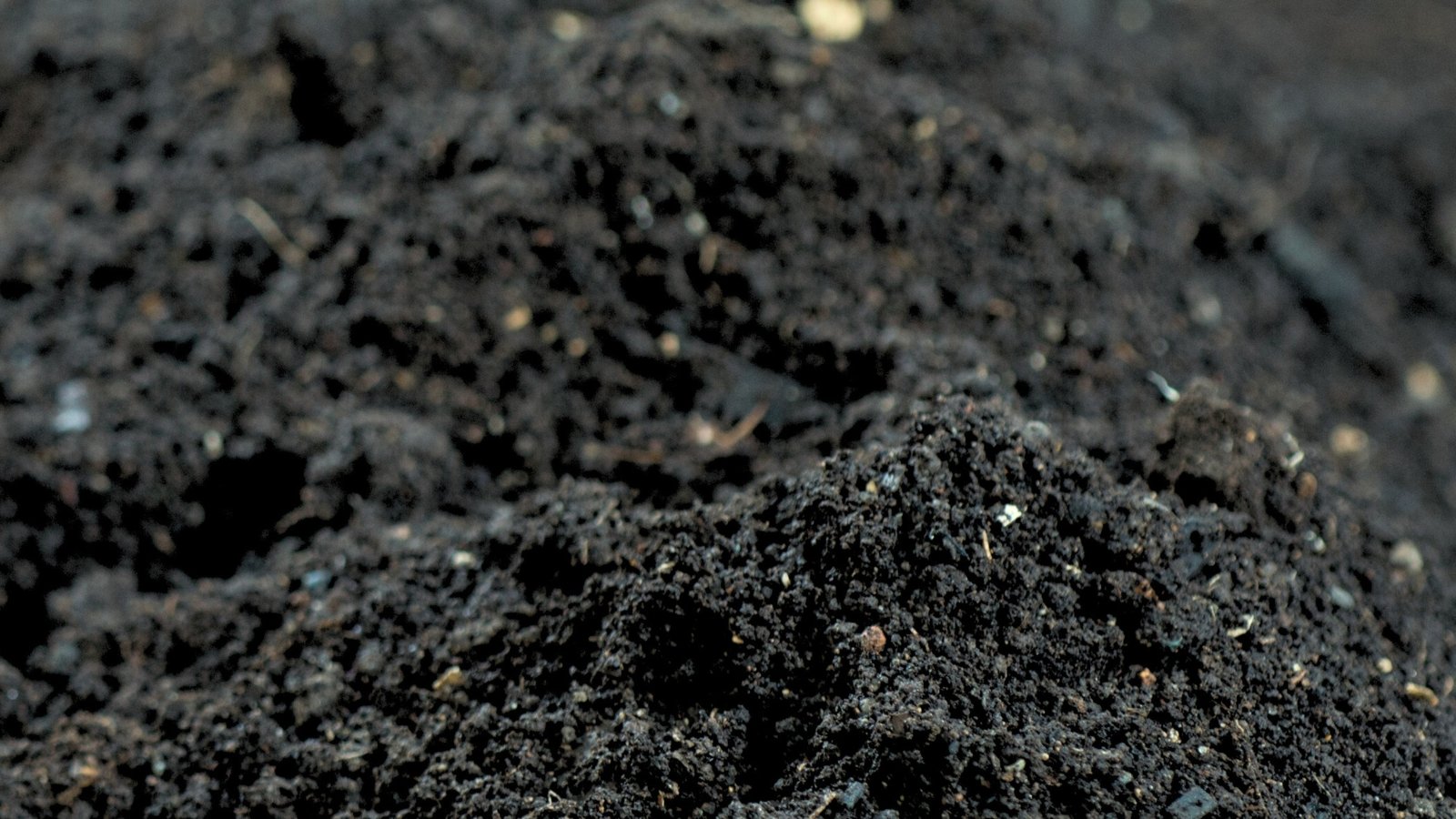

Compost is like black gold; it’s the proper soil enchancment! This supplies consists of outdated particles that worms, fungi, and micro organism flip into rich, crumbly soil. They eat the raw provides and swap them into smaller, additional accessible variations that crops can entry.
Create a compost pile by mixing inexperienced and brown provides at a ratio of 1:2 or 1:3. Greens are fleshy provides like grass clippings, meals scraps, and animal manure. Browns are carbon-rich provides like paper, cardboard, sawdust, and fall leaves. The additional greens you add, the sooner the compost decays.
Flip the pile daily with a pitchfork and protect water moisture ranges at 50%. You’ll want the compost to be moist, not soggy. After quite a lot of weeks, you’ll have a humus-rich modification in order so as to add to your yard! Use compost for woody bushes and shrubs, perennials, and greens. You probably can plant seeds or potted crops straight into it, or use it as a mulch on prime of native soils.
Leaf Mildew
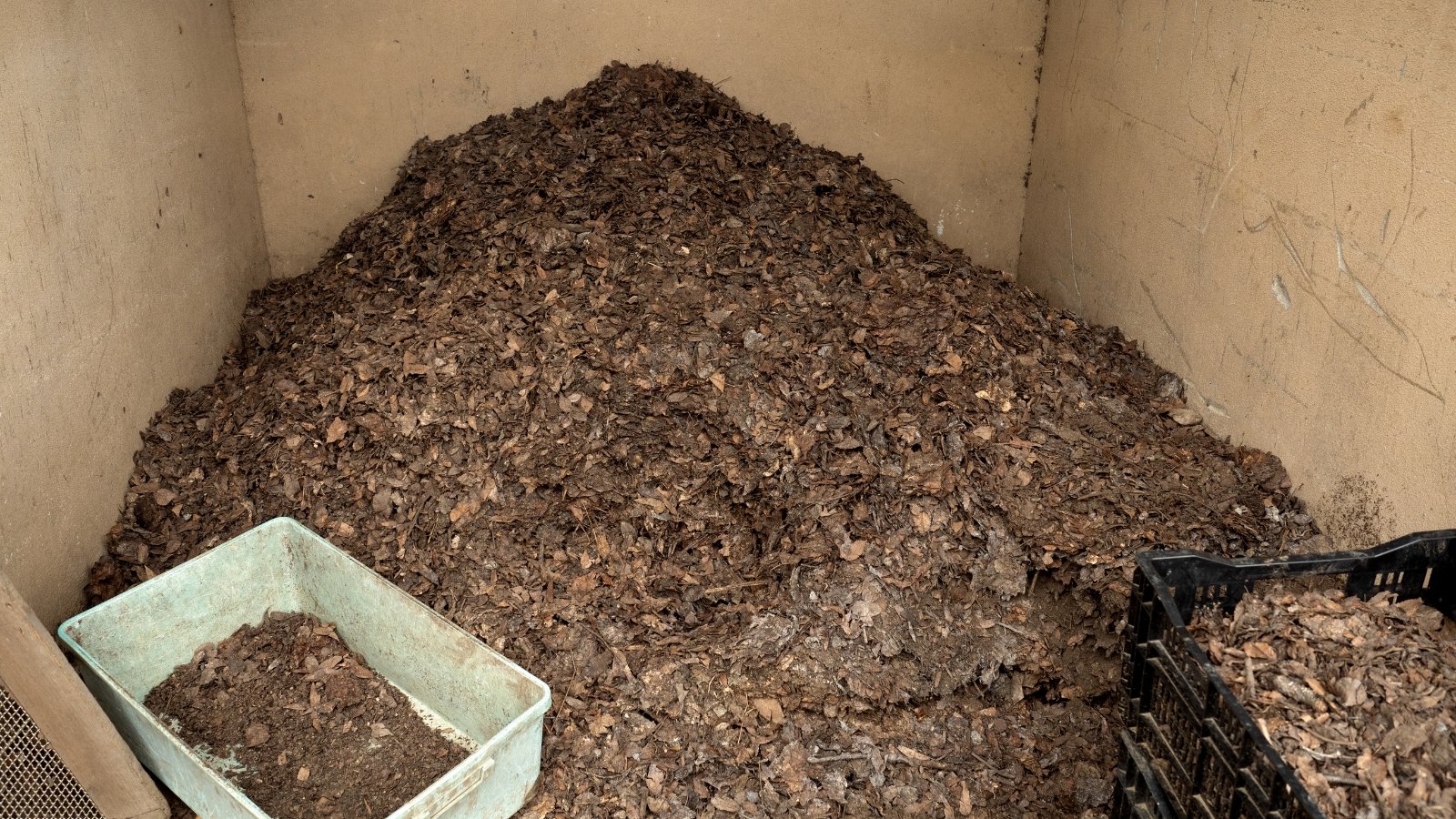

Leaf mould is very like compost, moreover it consists of leaves and no completely different particles! Merely stack a pile of fall leaves, water them correctly, and flip them every few days. You’ll have a black, crumbly, and humus-rich supplies that seems and acts like compost.
Whereas compost is very useful for fleshy crops, leaf mould aids woody ones that love carbon. Fall leaves have nitrogen in them and a great deal of carbon. As they decay, they leach these nutritional vitamins into the leaf mould. Apply it to your soil in order so as to add a useful carbon provide that crops can entry straight.
For individuals who merely created a leaf mould pile this fall, it gained’t be ready to make use of this season. Leaf mould takes a month to a yr to utterly decompose; it moreover needs widespread water and turning. Make a pile this yr and likewise you’ll have a recent, black, and crumbly modification subsequent fall. What do you do if there’s a bunch of leaves and likewise you don’t have time to make leaf mould? You utilize them as mulch!
Fall Leaves


In its place of spending time creating leaf mould, chances are you’ll apply fall leaves straight onto the underside! They’ll improve all of it by means of the cool seasons as they decay slowly and feed soil microorganisms. Leaves are a boon for native wildlife; they type habitat home for tiny insect critters and they also feed larvae, grubs, and worms.
When you’ve a backyard that leaves fall onto, chances are you’ll chop them up with a backyard mower and mulch plug combo. The plug replaces a bag, letting the leaves and grass blades maintain in the best way wherein of the blade. This chops up the particles into tiny gadgets, and they also feed your backyard as they decay.
The simplest solution to make use of fall leaves is to simply go away them be! Enable them to fall the place they could, or accumulate them and place them in your yard beds. They, like compost, feed every soil organisms and crops. Maintain them out of black trash baggage and go away them in your yard in its place!
Worm Castings
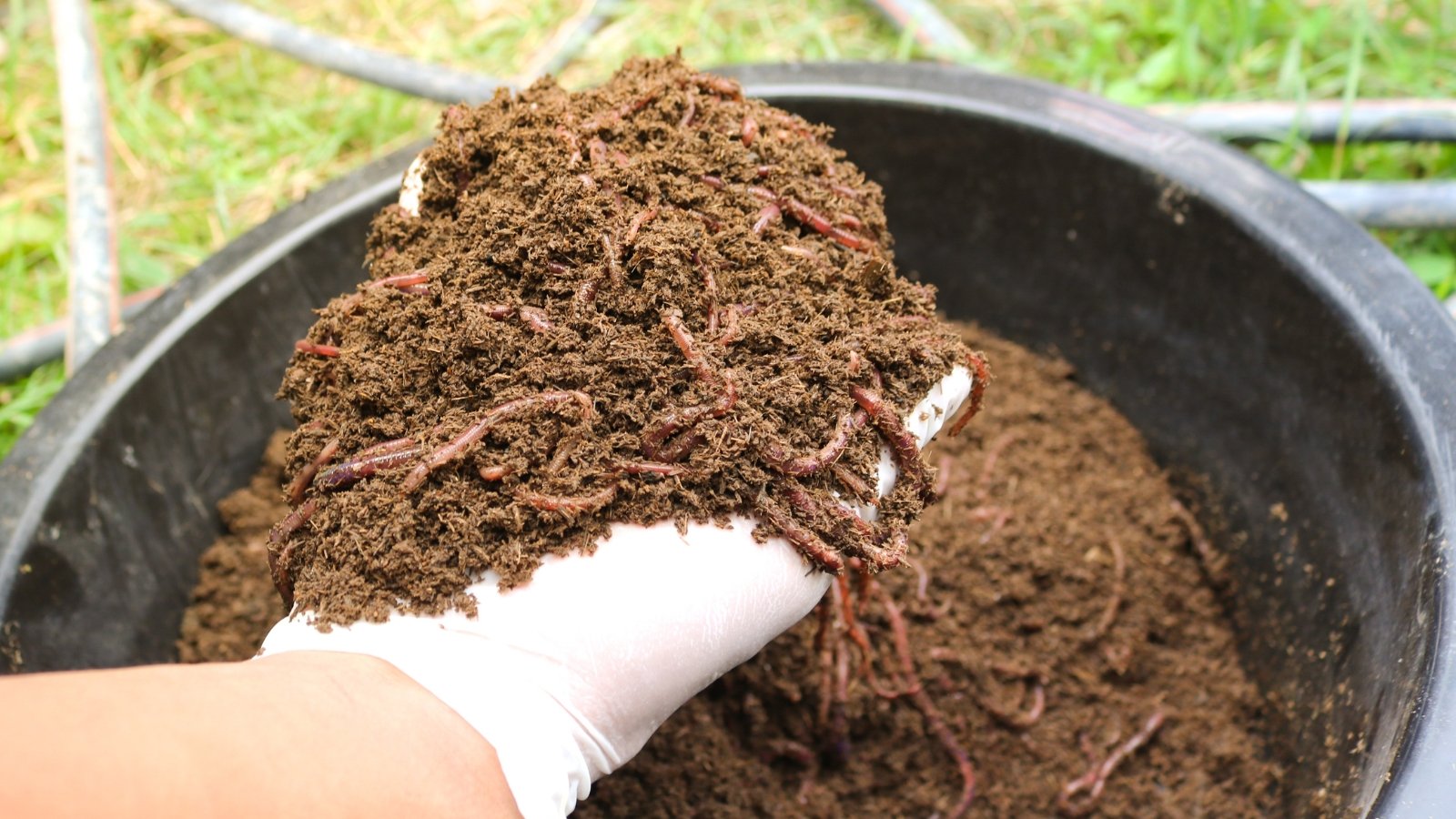

Worm castings are a dense sort of worm poop! They’re the waste product worms go away after they eat raw scraps, plant supplies, and filth particles. It’s crumbly, black, and rich in plant nutritional vitamins like nitrogen, phosphorous, and potassium. Uncover worm castings on-line, or create a vermicomposting system to make them at home.
Worm castings improve soil porosity, which makes it additional absorbent and free-draining. That’s important for crops to thrive—their roots should breathe and drink water. Worm castings help soils work greater for roots and improve pest and sickness resistance for the crops that develop in them.
Use castings in containers, raised beds, or to amend yard soils. You probably can combine them into completely different mixes like compost or leaf mould to produce additional vitamin per pound of modification.
For individuals who’d want to make worm castings at home, try a simple setup that makes use of gravity to your revenue. One occasion is a worm bag; this contraption permits for easy harvesting, speedy worm growth, and common recycling of nutritional vitamins. Merely place scraps and plant particles inside the very best and harvest castings out of the underside after the worms eat the waste.
Grass Clippings
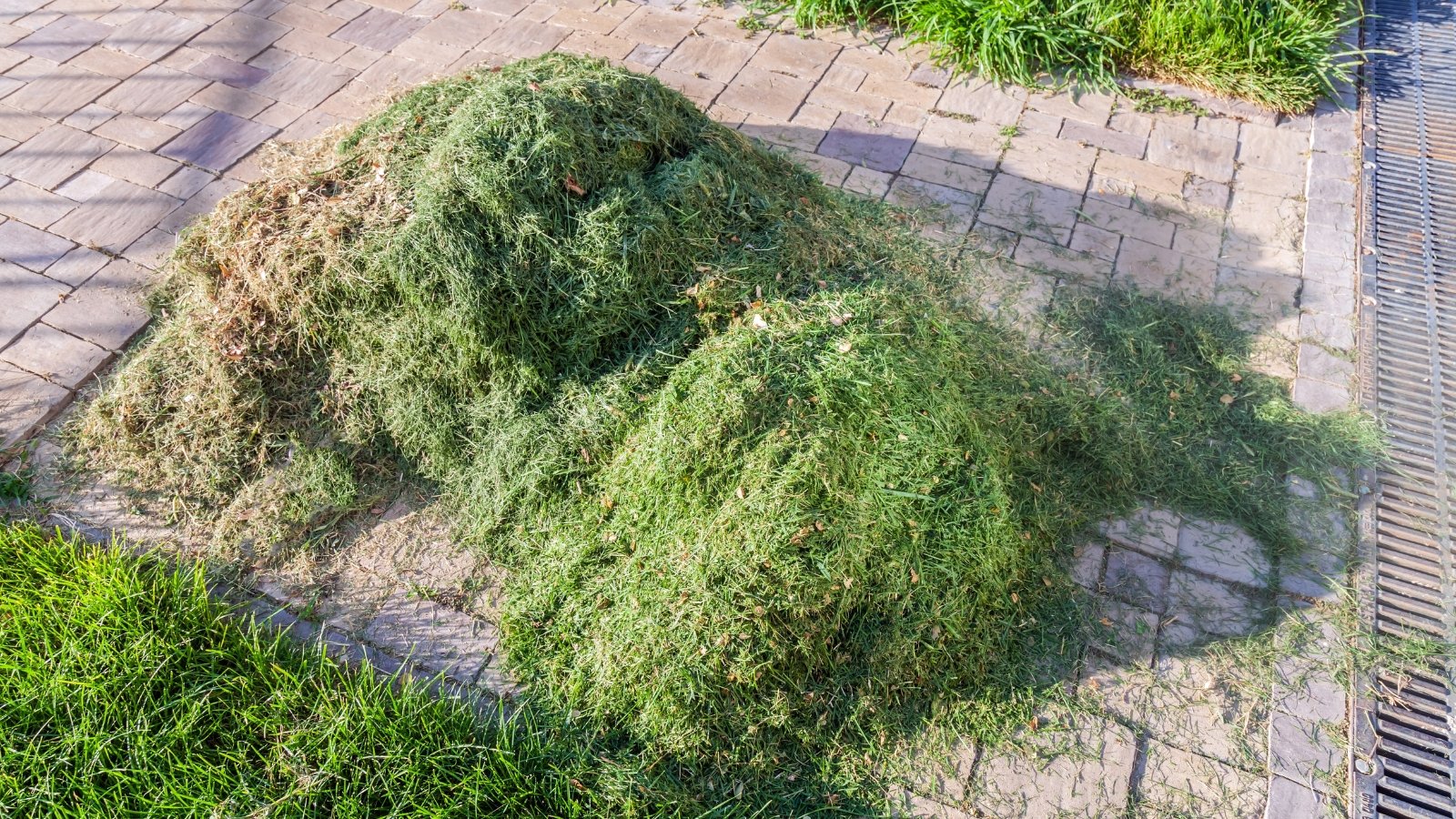

When you’ve a backyard, you’ll have a great deal of grass clippings to deal with. An easy resolution to upcycle them is to throw them once more onto the soil! When you’ve perennial or vegetable beds, or bushes and shrubs, chances are you’ll add the clippings spherical their base. They’ll work like fall leaves, making a mulch that decomposes into the soil.
Grass clippings shall be damaging to soils within the occasion that they’re in a thick layer. The grass pile can grow to be anaerobic when it decays with out entry to airflow. It’ll be smelly, moist, and mushy. Maintain the grass mulch layer skinny and breathable to avoid rotten factors.
One completely different consideration for using grass clippings is weed seeds. In case your backyard has a great deal of seeding crops like dandelions, the grass you accumulate from mowing might even have weed seeds. Scorching compost the grass waste first, or pull up weed seedlings as they sprout and place them once more on the soil to decay.
Straw
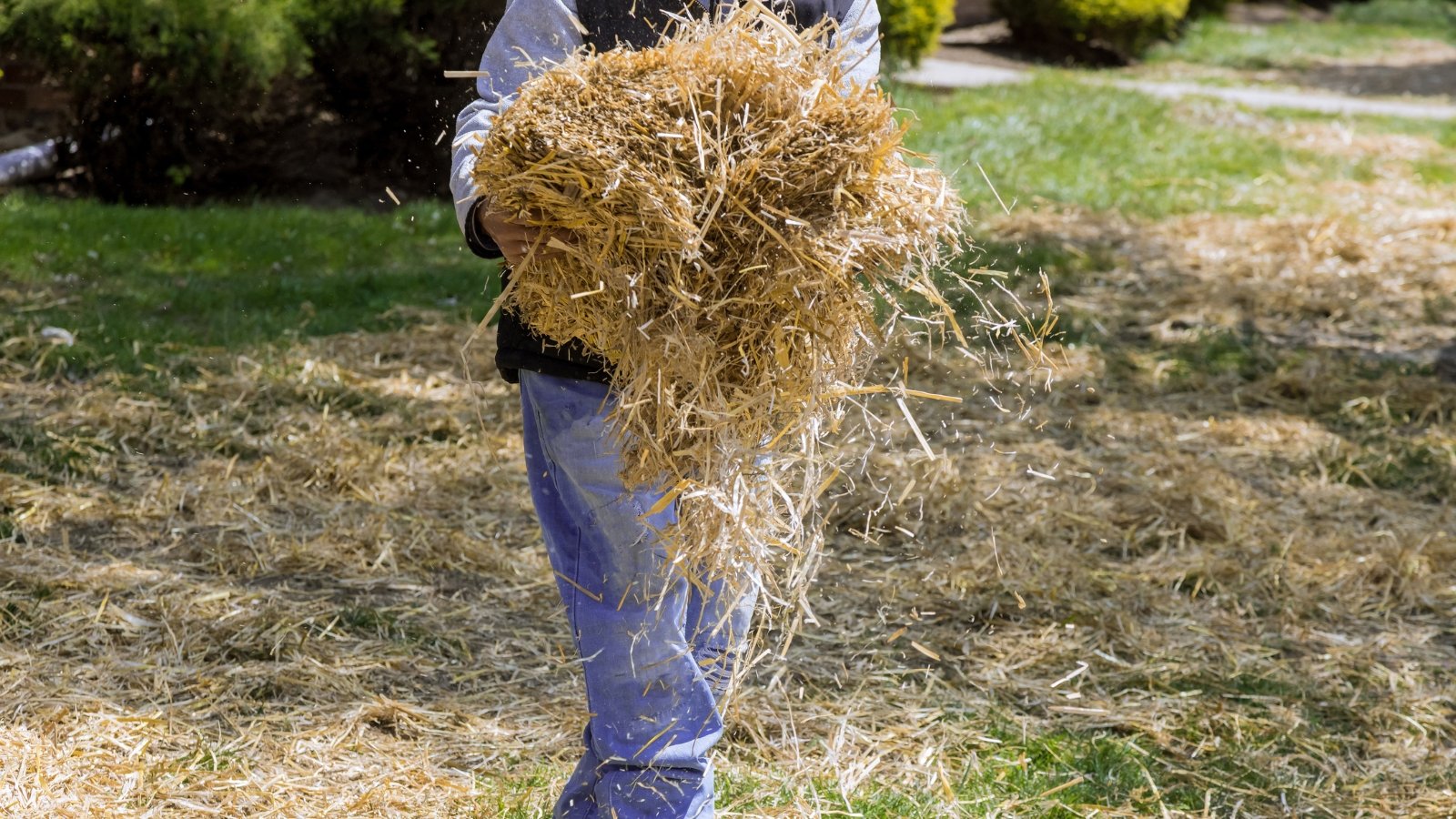

Straw is rather like the dry mannequin of grass clippings. Farmers accumulate dry grass stalks and pack them into tight bundles which could be easy to utilize. This generally is a unbelievable modification that retains the filth in place whereas moreover nourishing it, although it does have some challenges.
As a result of it decays by means of the winter, it can probably develop slimy and moist. This isn’t an issue besides you develop onions or garlic crops and their members of the family on this yard mattress. The straw can invite fungal conditions that threaten your bulbing crops sooner than chances are you’ll harvest them. Use a definite modification like compost for these crops in its place of straw.
Straw supplies carbon and nitrogen in healthful doses, making it splendid for any plant, regardless of if it’s fleshy or woody. In its place of amending soils with it, you might also mix it in with grass clippings to have the proper mix for compost. The one method to utilize straw is to scatter it all through bare soil to verify the underside stays warmth and protected all by means of the winter.
Sawdust
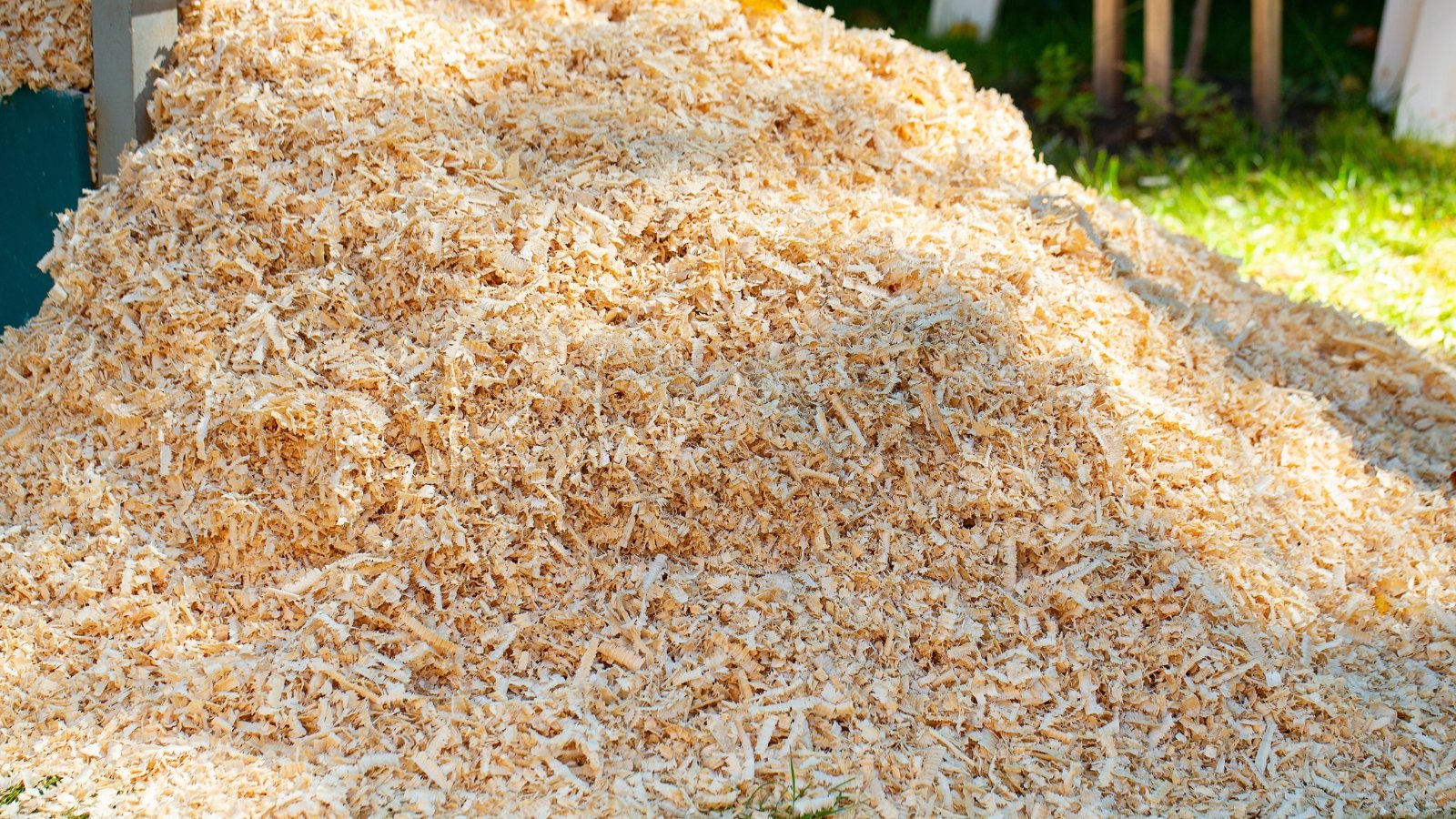

Sawdust is chock filled with carbon! It’s good for soils the place woody bushes and shrubs develop. The sawdust feeds useful fungi inside the soil, and they also help the tree. One different establish for these fungi is mycorrhizae—they type underground networks with their mycelia that ship nutritional vitamins to tree roots in commerce for sugar.
Sawdust pulls in some nitrogen as a result of it initially decays, which might set off lower yields for leafy crops. Apply it to your vegetable beds inside the fall to arrange for planting in spring. It’ll suck up nitrogen inside the off-season, then decay into carbon-rich humus to your crops as a result of the local weather warms.
Sooner than together with sawdust open air, assure it’s chemical and treatment-free. Some chemical compounds persist inside the setting for a while and should negatively affect crops and animals. Apply chemical-free sawdust wherever woody shrubs, bushes, and perennials develop to study them and the fungi hiding belowground.
Biochar
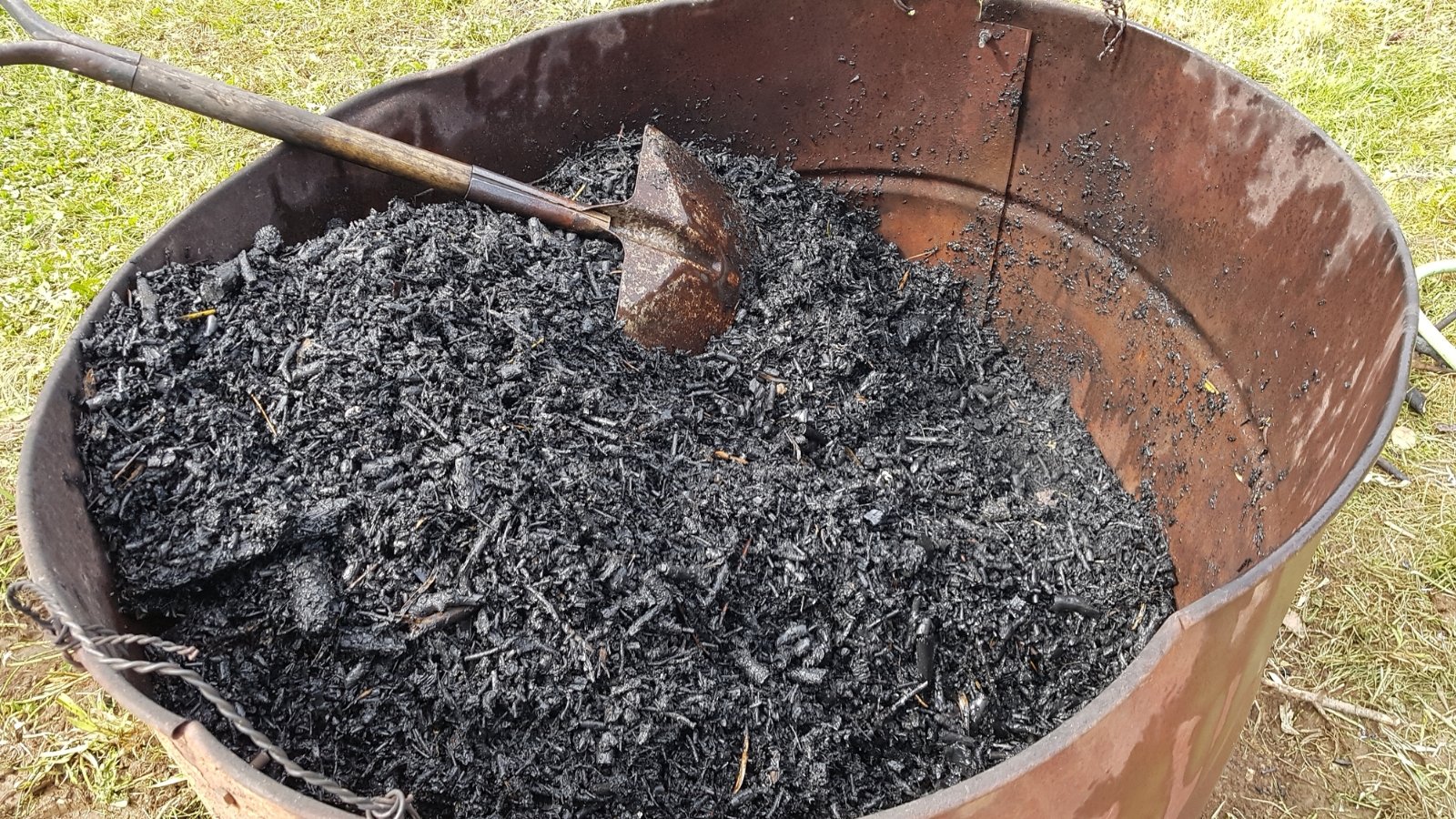

Biochar does wonders for yard soil! It provides air holes so plant roots can breathe and hosts fungi inside its wooden pockets. Make it by heating picket to a extreme temperature the place it smolders nonetheless doesn’t burn. The heat creates charcoal chunks that it is advisable use straight in your yard.
Biochar moreover sequesters carbon! In its place of carbon dioxide burning off of the picket and coming into the air, it stays inside the biochar. As a result of it decays, soil organisms incorporate the carbon into the soil the place it stays. Use biochar to improve your yard and to help world ecosystems obtain additional resilience within the course of native climate change.
Uncover biochar on-line from revered sources, or make your particular person when you’ve got a hearth! Burn chemical-free picket and take away the large, black, charred chunks after the hearth. Chop these biochar chunks up into little gadgets, and mix them in yard soil. They’ll decay all by means of the winter and provide air pockets for water, nutritional vitamins, and air belowground.
Coconut Coir
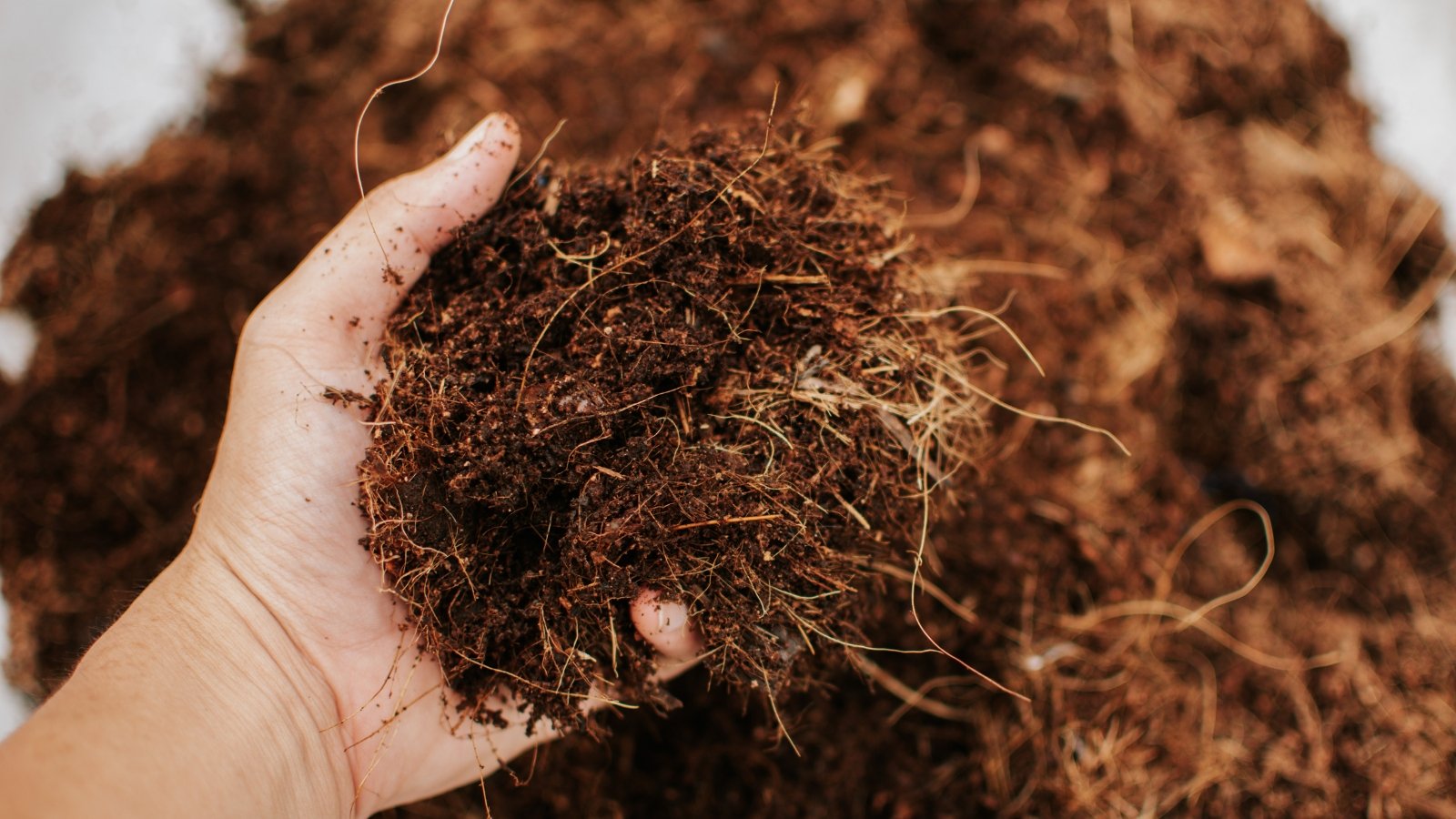

Coconut coir is a waste product of coconut processing. It’s coconut fibers that keep after processors extract the meat and juice. Chop up the fibers and you have got coco coir! It makes an excellent soil modification, works good in potting mixes for container crops, and is the proper base for vermicomposting methods.
Coco coir moreover works correctly as a rising medium for hydroponic methods. Because of it’s “soilless” it gained’t invite pests, sicknesses, or fungal growth. Pure coir lacks decaying pure supplies and may maintain highly effective and fibrous, in distinction to a readily decaying medium like compost.
It is attainable you may use coco coir in outdoors soil mixes too while you’d like! It will decay, it merely needs completely different provides near it to facilitate a sooner breakdown. Mix broken-up coir with compost, fall leaves, or grass clippings to boost these enhancements’ drainage, absorbency, and carbon ranges whereas they break down.
Pure Fertilizer


Fall is an environment friendly time to add fertilizer for subsequent yr’s crops. It’ll decay over the chilly months, and provide a fertile improve to fleshy crops as a result of the local weather warms. Mix some into compost sooner than making use of, or add it straight on prime of the soil. You don’t have to mix it in that correctly since you gained’t be planting for quite a lot of months. Merely broadcast it in a wonderful layer on the soil’s flooring.
The one time you don’t want so as to add pure fertilizer all through autumn is that if in case you’ve woody shrubs or bushes rising in your yard. Fertilizer will trick them into rising tender shoots liable to frost harm. If a plant goes dormant by means of the winter, it doesn’t need nutritional vitamins until it begins rising as soon as extra.
Some crops revenue from a fall fertilizer improve. Autumn is an ideal time to fertilize lawns, beds with bulbs, and early blooming flowers like hellebores, violas, and pansies. Use a soil testing package deal first to see in case your yard needs nutritional vitamins sooner than together with them. Some soils have all of the obligatory components in them and don’t need enhancing!
Azomite
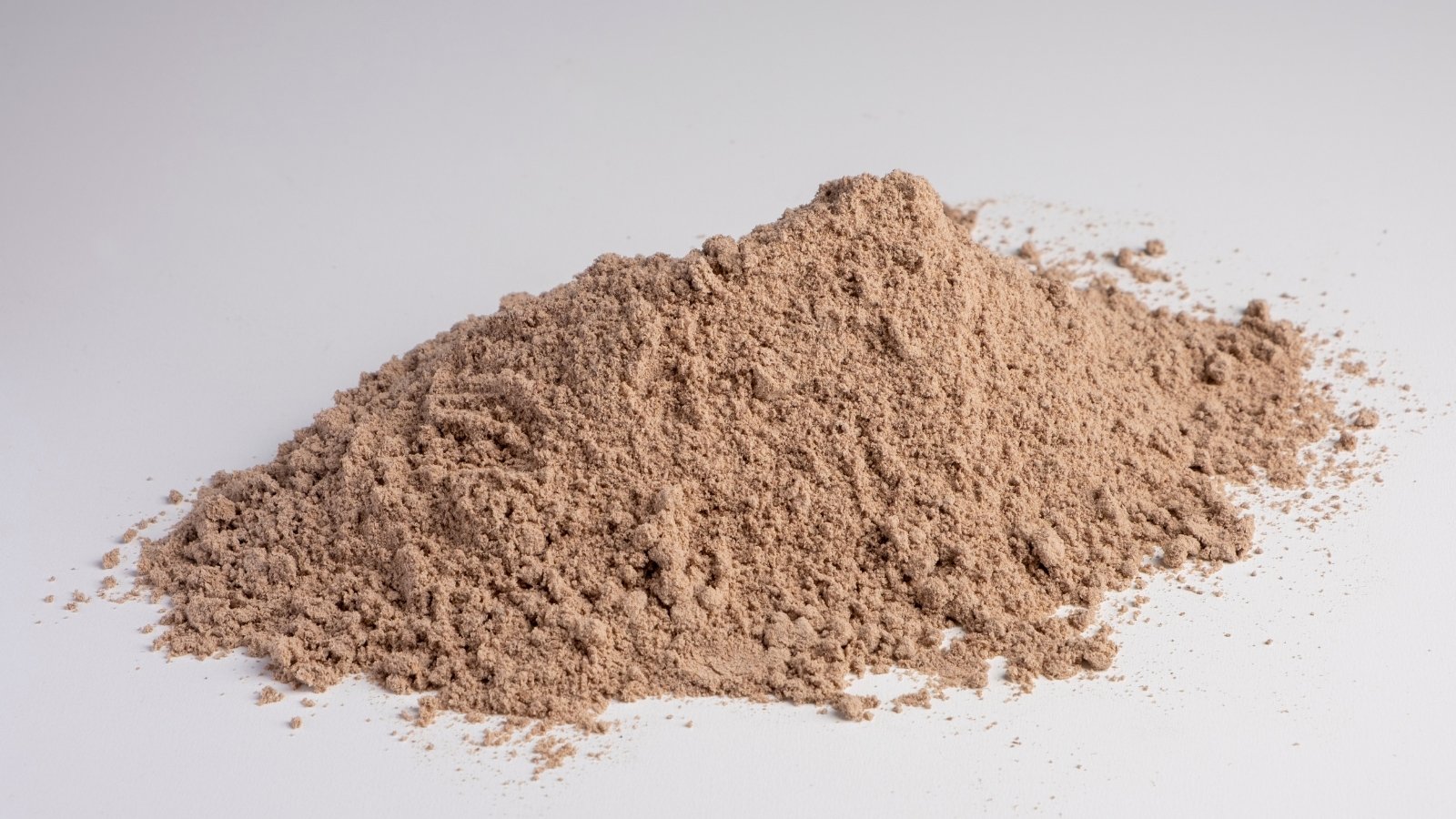

Pure fertilizers generally comprise a whole lot of nitrogen, phosphorous, and calcium, nonetheless they sometimes lack important trace minerals that crops need in low doses. These nutritional vitamins can decline in gardens as bushes, shrubs, and annuals pull them as much as make use of by means of the rising season. Add a nutrient booster like azomite to replenish them.
What’s azomite? It’s a mineral that naturally occurs in parts of Utah. Miners pull it out of the earth and grind it into an easy-to-use yard enchancment. Soils low in magnesium, calcium, and iron will revenue from a yearly dose of this mineral.
Uncover azomite on-line or seek for it at native yard amenities near you. Use the bundle’s instructions to seek out out the proper dosage to your yard. Azomite benefits potting mixes, raised beds, and in-ground soil. Apply it in autumn to study species that sprout subsequent yr.
Yard Lime
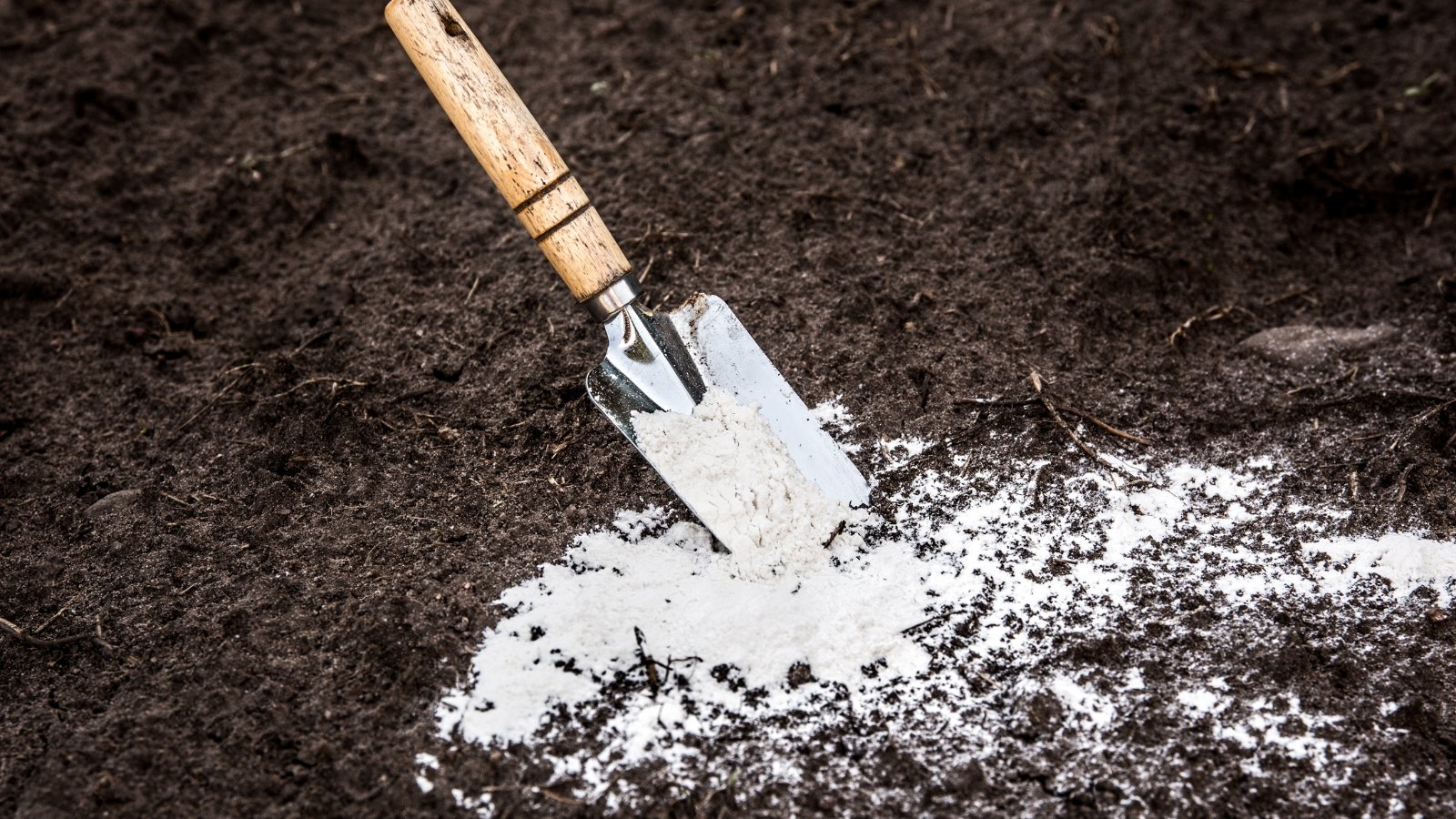

Fall is an ideal time to ponder shifting soil pH ranges. Presumably it is advisable develop blueberries and have alkaline soil, or you’ve got acidic filth and must develop greens. No matter your needs, simple yard amendments exist that have an effect on pH all by means of fall and winter for easy planting in spring.
Yard lime works to improve pH ranges, creating additional alkaline soil the place you add it. If the soil is acidic, it’ll make it neutral, and when the soil’s neutral it’ll make it additional alkaline. Apply it in fall to lawns to forestall moss growth, on acidic vegetable beds, and near fruit bushes. Lime moreover supplies calcium to plant roots, stopping blossom end rot the place peppers, tomatoes, and eggplants develop.
Yard lime doesn’t work successfully the place calcium is already present at extreme ranges. An extreme quantity of calcium prevents crops from sucking in magnesium, which they need to develop leaves, flowers, and fruit. Use the advisable dosage on the lime’s packaging to be sure to shift the pH to a level that’s not too extreme.
Yard Sulfur
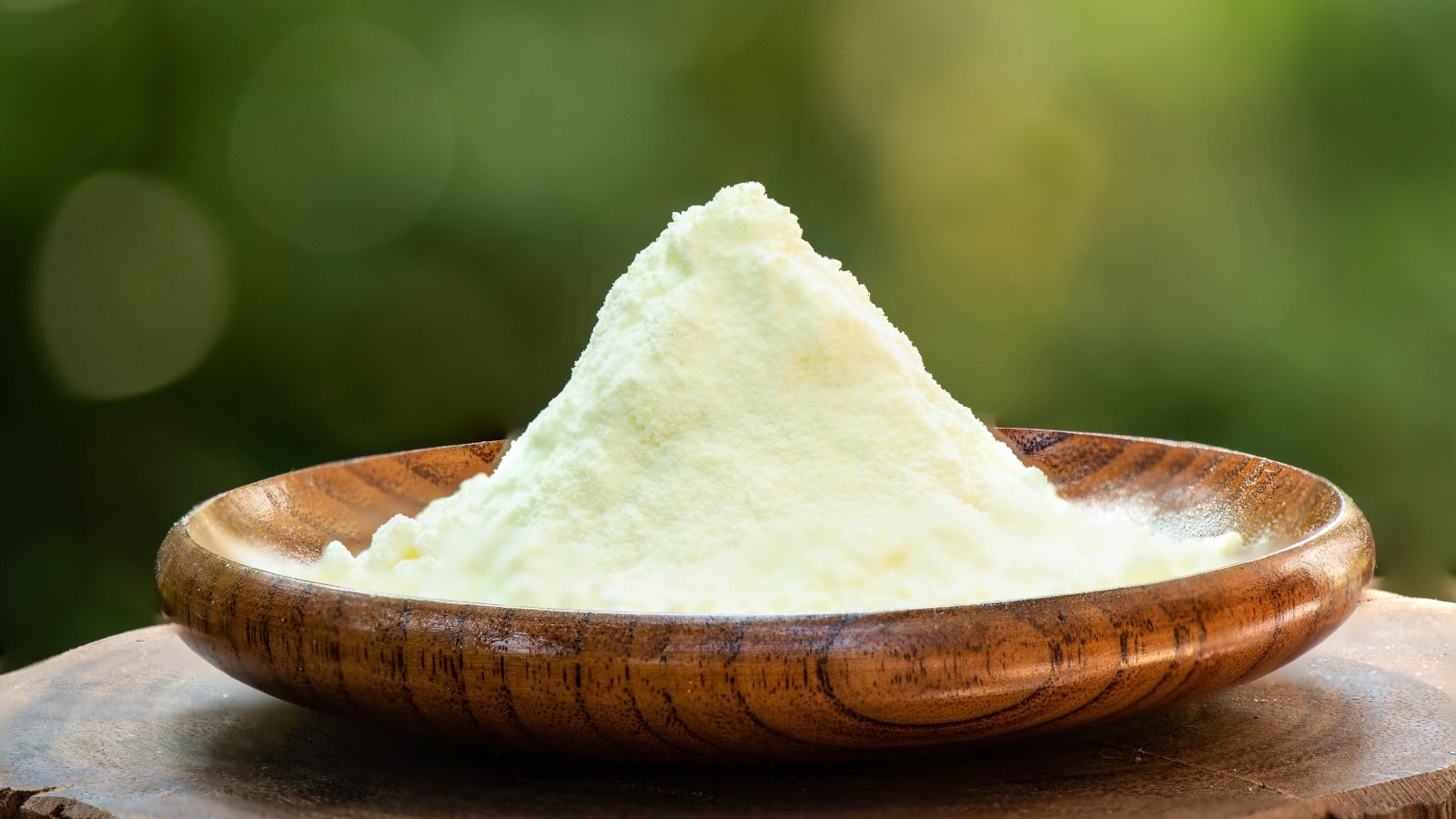

Yard sulfur works reverse to yard lime—it lowers pH ranges, creating neutral or acidic soil. Sulfur works slowly, which is why autumn is an ideal time to make use of it. Mix it into the soil with out having to worry about damaging delicate annual crops’ roots. The additional you incorporate it, the sooner it is going to work.
Vegetation that typically need sulfur are Vaccinium species, hydrangeas, rhododendrons, azaleas, and evergreen bushes. When you’ve a great deal of these species in your property, take into consideration testing their soil and together with the sulfur they need. An accurate pH permits crops to thwart pests, sicknesses, and extreme local weather conditions.
[ad_2]
